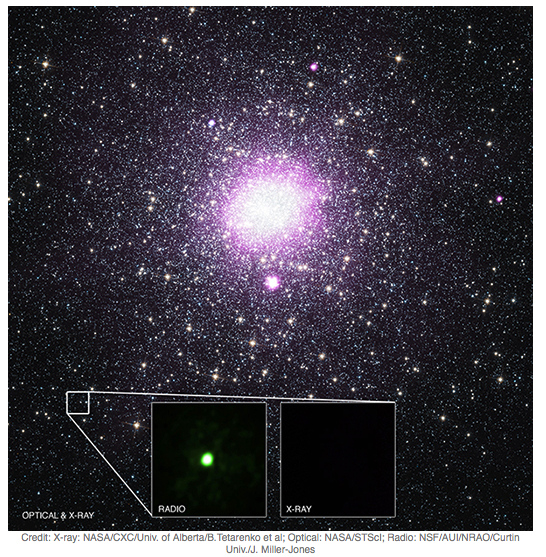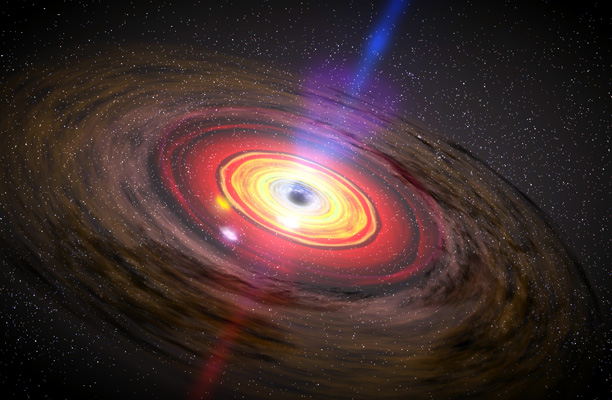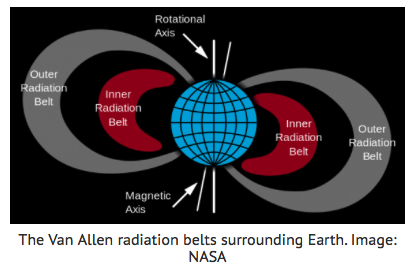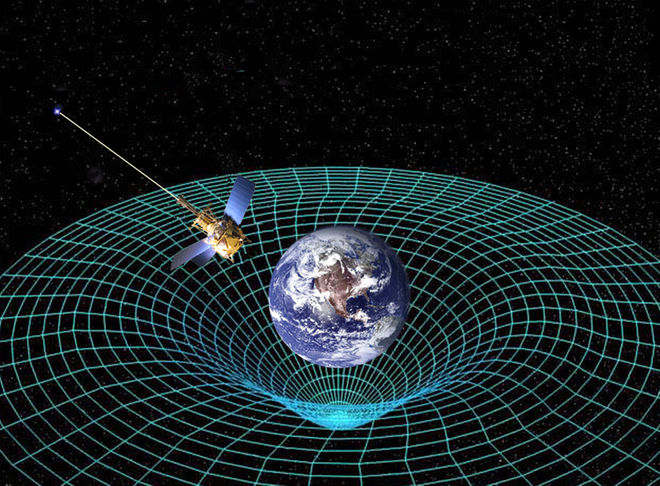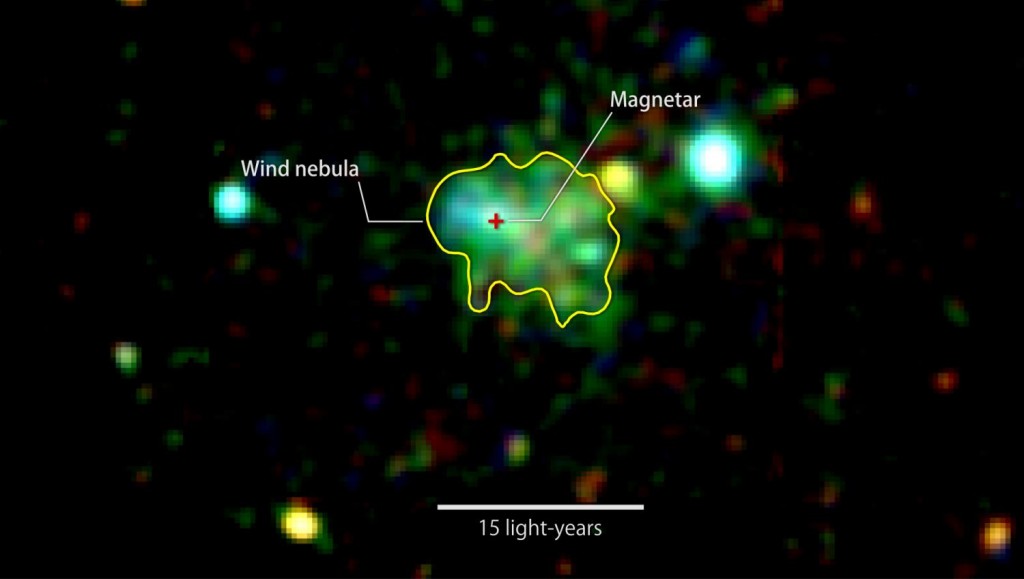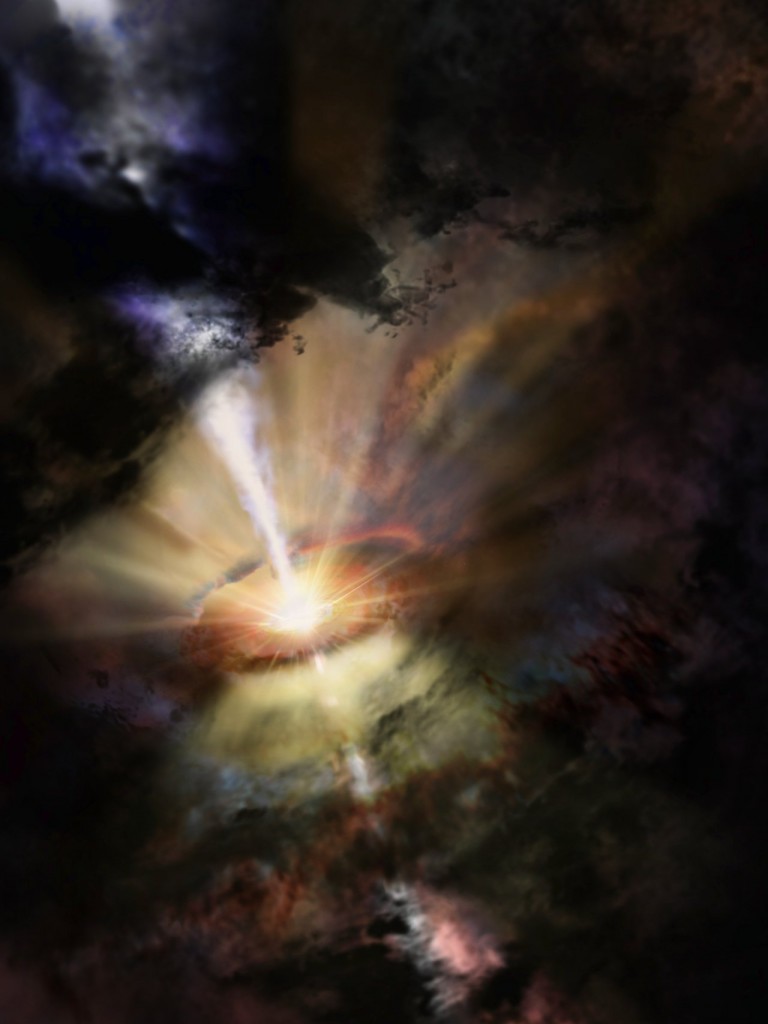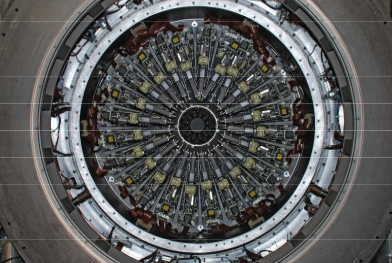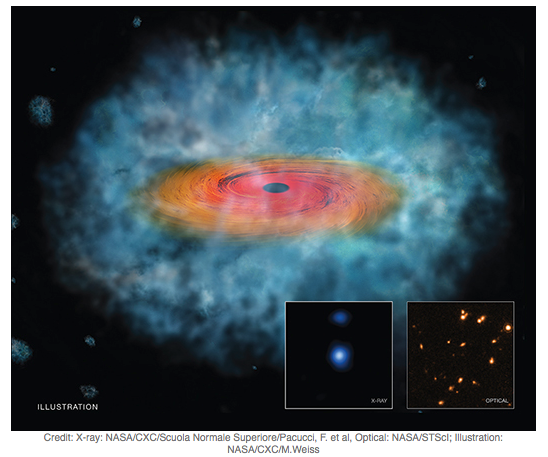Testing General Relativity using Black Holes
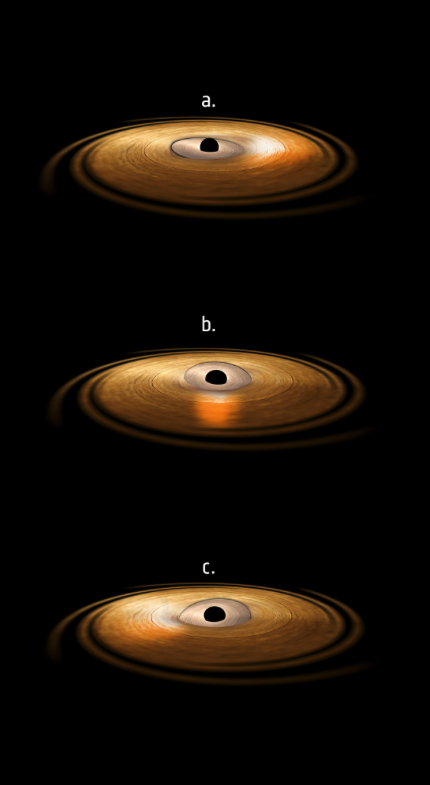
X-rays emitted from the black hole flicker following a pattern that lasts for a few months and then suddenly ends. The phenomenon is predicted by Einstein’s general relativity and now astronomers were able to measure it in such strong gravitational fields.


